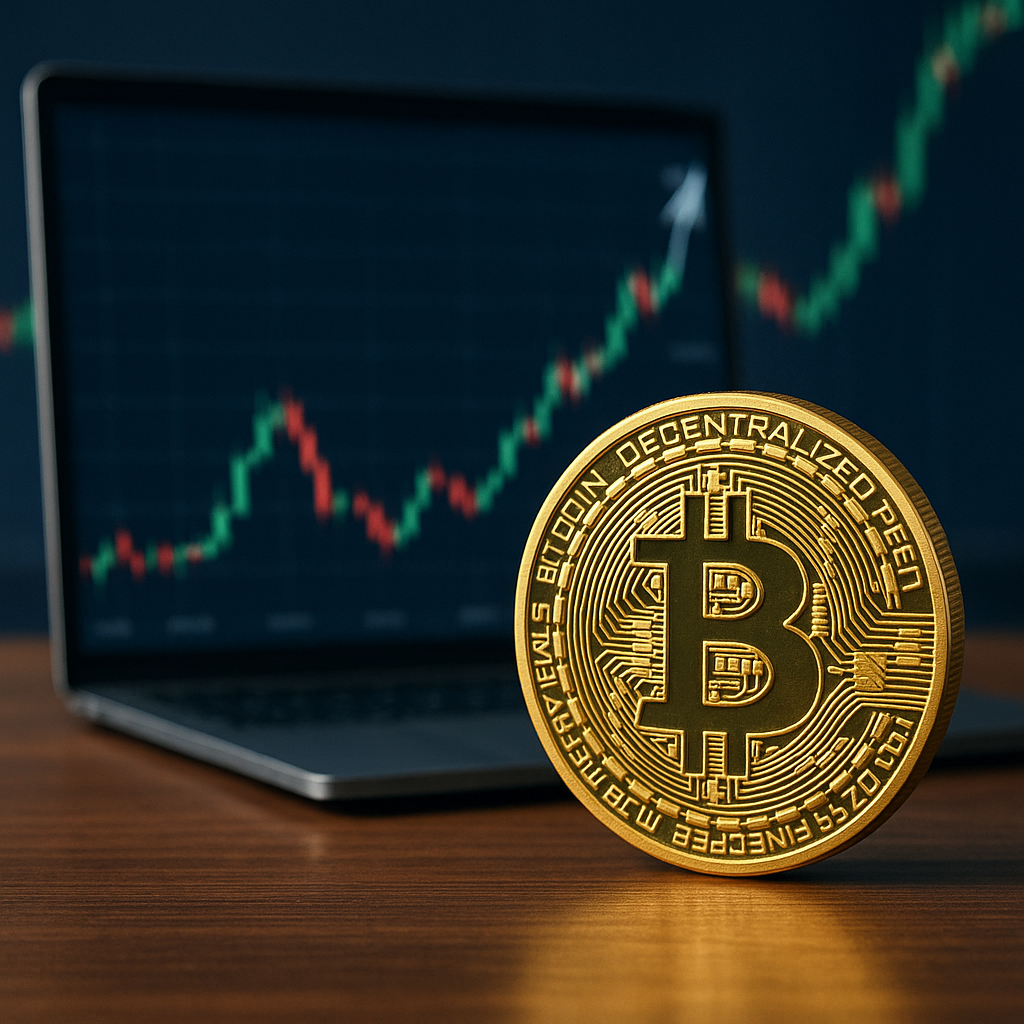America’s Political Brinkmanship Is Back — and Markets Are Nervous
As the U.S. government shutdown drags on, its ripple effects are beginning to hit home — from federal workers missing paychecks to potential air travel disruptions. According to Reuters (Nov 5/6), the U.S. Transportation Department is weighing a 10% cut in flights at major airports, citing strained resources and staffing shortages. The development has rattled investors already on edge about slowing economic growth, sticky inflation, and fragile market sentiment.
The shutdown, now entering its third week, is the latest reminder that political dysfunction remains one of the biggest tail risks facing financial markets. With each passing day, the fiscal drag grows heavier — threatening to erode consumer confidence and corporate earnings momentum heading into year-end.
Why This Matters for Investors
For markets, government shutdowns aren’t just political theater — they represent real economic friction. Every week of inactivity chips away at U.S. GDP growth, disrupts procurement pipelines, and delays data releases crucial for monetary policy decisions. Analysts at Moody’s estimate that a month-long shutdown could shave 0.2–0.3 percentage points off quarterly GDP.
The potential 10% reduction in flight operations could have outsized consequences for the airline and tourism sectors, already facing tight margins from higher fuel costs. Shares of major carriers like Delta Air Lines (DAL) and American Airlines (AAL) have shown heightened volatility in recent sessions, while investors in airport operators and travel infrastructure funds may see further downside pressure if the shutdown lingers.
Meanwhile, government contractors — from defense firms like Lockheed Martin (LMT) to IT providers such as Booz Allen Hamilton (BAH) — could experience deferred payments and project slowdowns. Historically, shutdowns have led to temporary dips in federal spending, with companies reliant on government contracts bearing the brunt of uncertainty.
Broader Fiscal Implications
The shutdown is also amplifying concerns about the U.S. fiscal outlook. With Treasury yields hovering near multi-decade highs, political gridlock threatens to undermine investor confidence in Washington’s ability to manage debt responsibly.
The Congressional Budget Office (CBO) has warned that extended shutdowns disrupt not only day-to-day operations but also key economic indicators, making it harder for the Federal Reserve to calibrate monetary policy. The absence of timely data releases, such as employment and inflation figures, introduces further uncertainty into the bond and equity markets.
Moreover, the timing couldn’t be worse. With global growth cooling and central banks pivoting toward rate cuts in 2026, a drawn-out U.S. shutdown risks undermining the credibility of American fiscal policy at a moment when foreign capital inflows remain essential to fund deficits.
Market Sentiment: A Cautious Watch
Equity markets have responded with defensive positioning. Gold prices are climbing again as investors seek safe-haven assets, while the U.S. dollar has shown resilience amid risk aversion. The S&P 500 is trading sideways, with cyclical and growth-sensitive sectors lagging.
Volatility measures, including the CBOE VIX Index, have edged higher — signaling that investors are beginning to price in prolonged political risk. Analysts at J.P. Morgan caution that “headline fatigue” may lull markets into underestimating the cumulative drag of fiscal paralysis, especially if the shutdown extends into December.
Future Trends to Watch
- Resolution Path – Investors should track negotiations in Congress closely. A short-term deal could spark a relief rally in equities, while extended gridlock would likely weigh on risk assets.
- Sector Divergence – Defensive sectors (utilities, consumer staples, healthcare) may outperform if uncertainty persists. Travel, transport, and contractor-heavy sectors remain vulnerable.
- Credit and Fiscal Signals – Watch for movements in Treasury yields and credit default swaps (CDS) tied to U.S. government debt — both serve as early indicators of rising fiscal stress.
- Policy Impact on the Fed – A data blackout could delay or distort monetary policy decisions, influencing expectations for rate cuts in 2026.
Key Investment Insight
Investors should avoid complacency amid political noise. Shutdowns tend to resolve, but not before exposing weak spots in fiscal management and corporate resilience. Maintaining a diversified allocation, with exposure to safe-haven assets (gold, high-quality bonds) and defensive equities, could provide insulation from volatility.
As history shows, markets often rebound quickly after political crises — but those positioned early for the recovery tend to outperform.
Stay Ahead with MoneyNews.Today
Political instability remains one of the most underestimated forces shaping global markets. Stay tuned to MoneyNews.Today for daily coverage that connects policy headlines to actionable investment signals.





